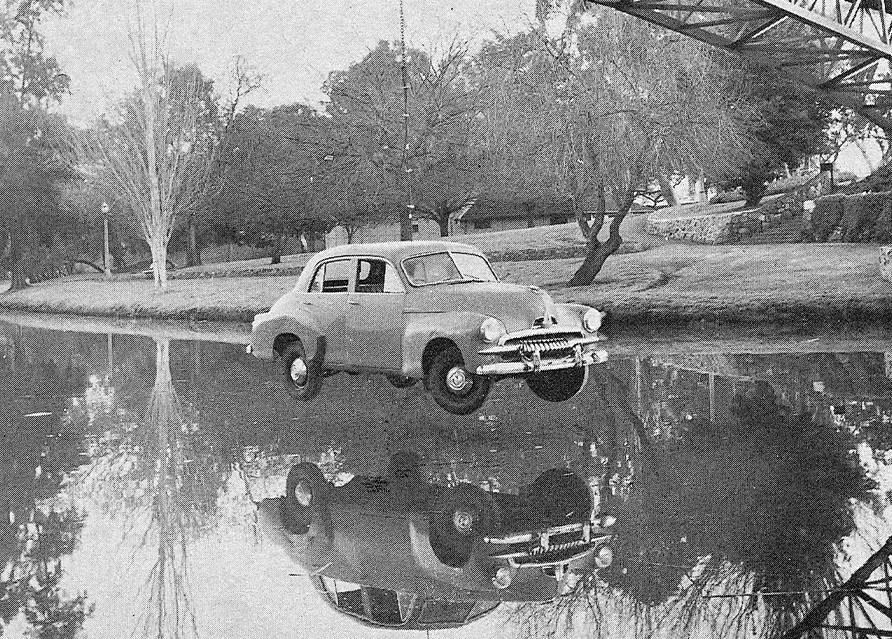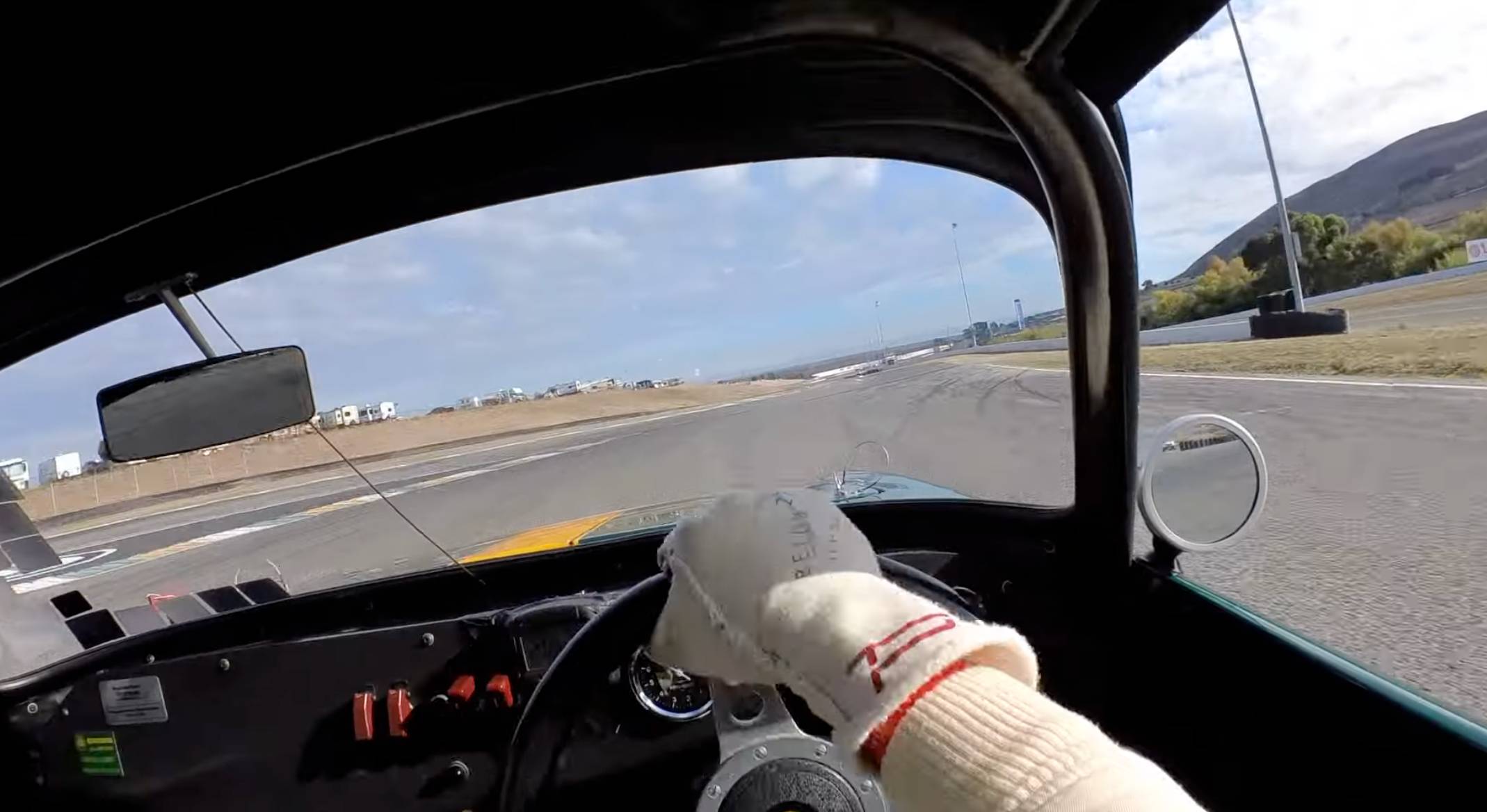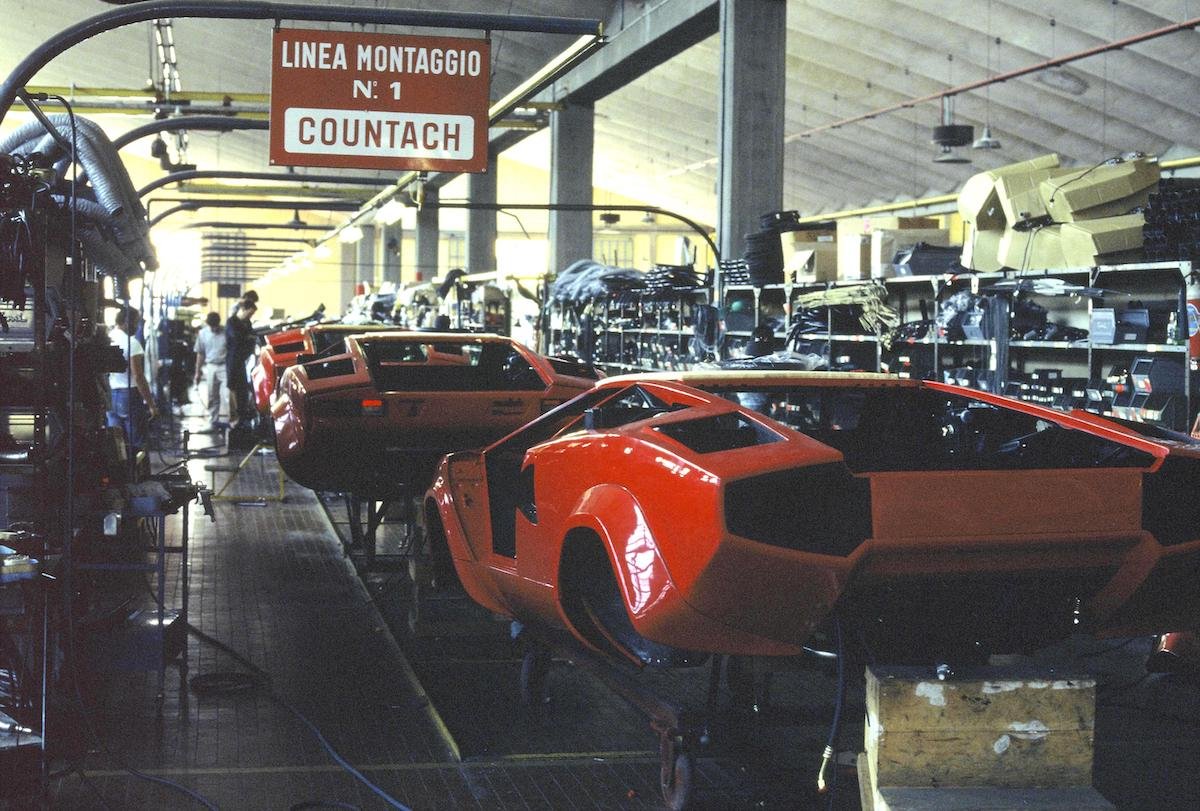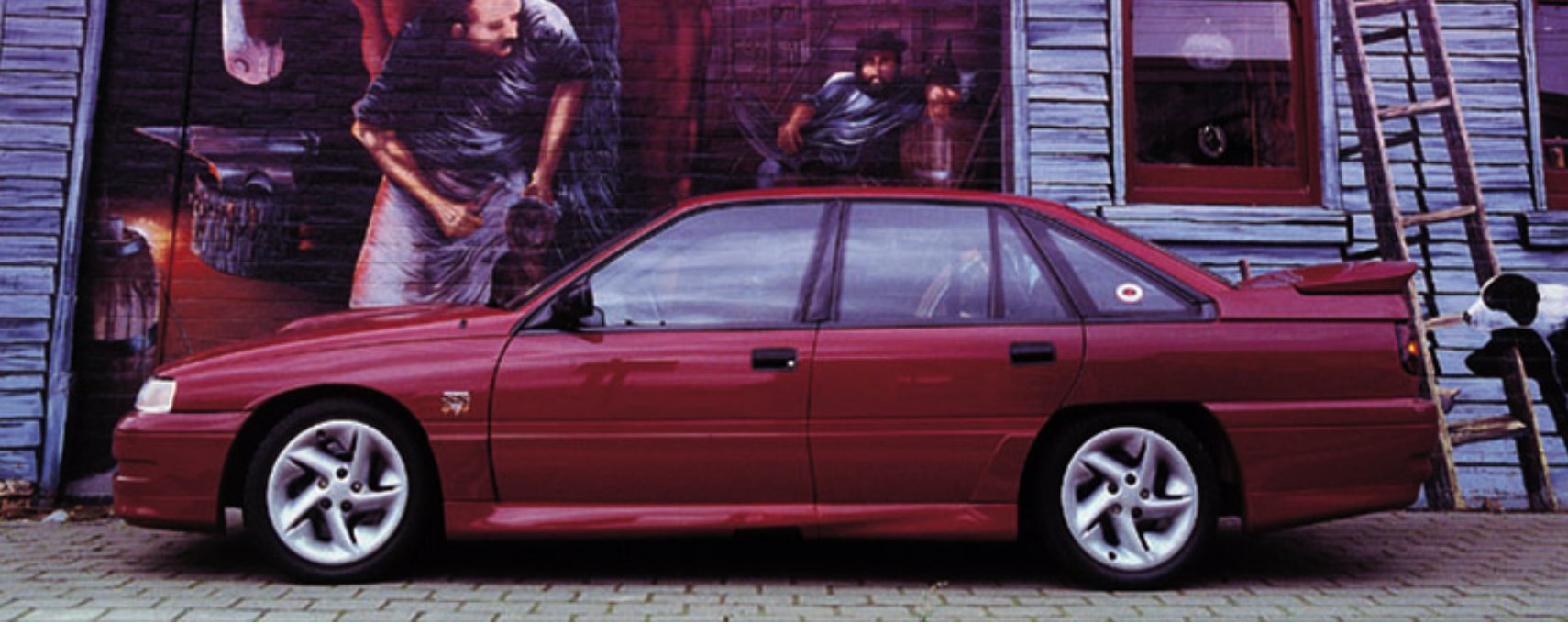
HSV hoped to sell 500 VN Group A SS Commodores, but the '90s recession meant money was becoming hard to find - Image HSV
Here are 10 classic and collectable cars from the 1990s that wielded an outsized influence on automotive design and engineering in the decade that also gave us… Millennials.
For every boom there is a bust and the 1990s would bring the global motor industry’s charmed run to a crunching halt.
Tough times for property and the finance sectors during the 1980s had seen people investing loose cash into cars – whether new exotics like the Ferrari F40 or older classics like Ferrari Dinos and Mercedes-Benz Gullwings.
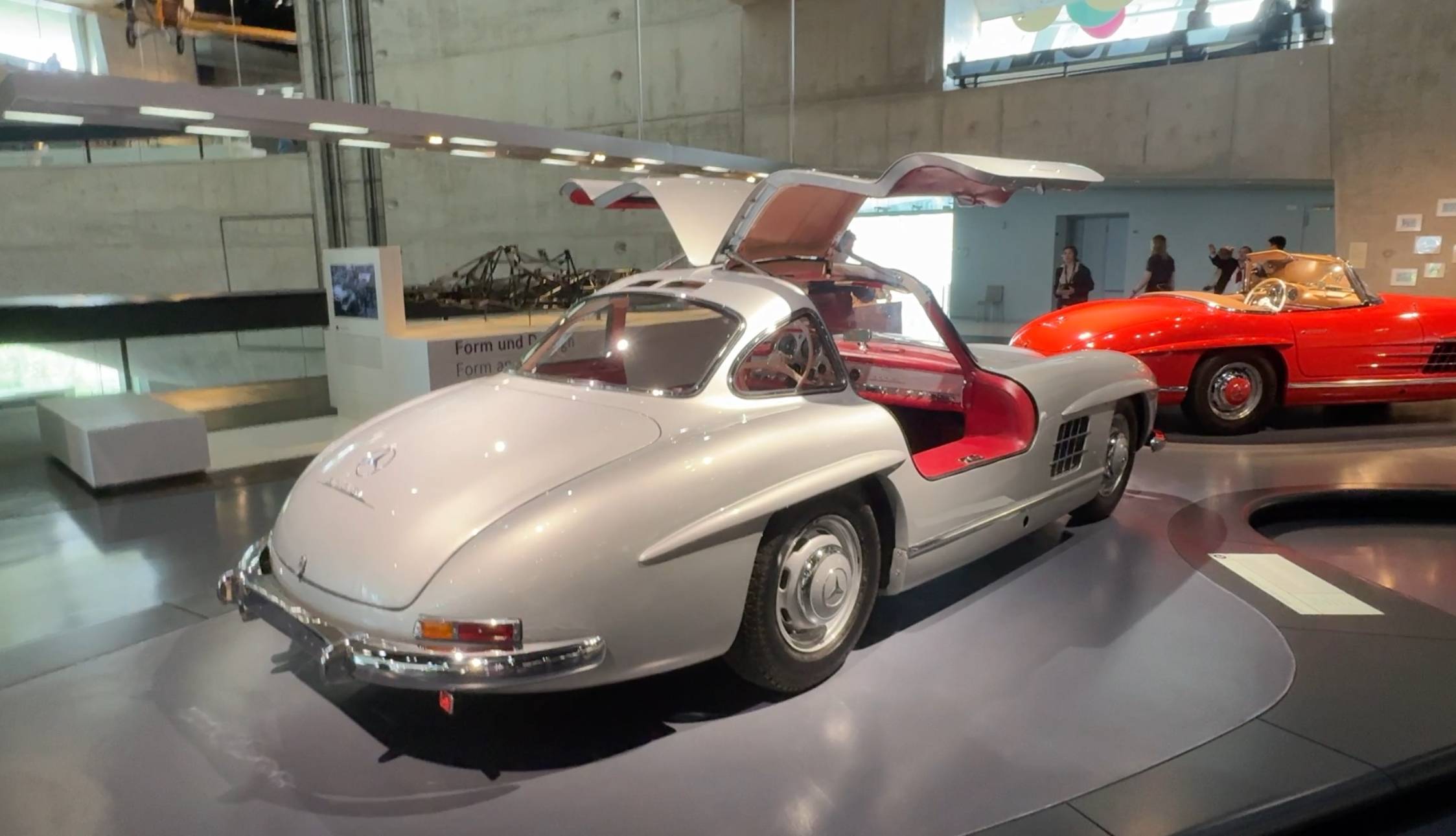
Wealthy investors sunk loose cash into older classics like this Mercedes-Benz Gullwing during the 1980s - Image Retro Rides
Entering the ’90s and with much of the world in recession, the claw back was coming with consequences for cars new and old alike.
Australia’s motor industry had been struggling for a while and couldn’t escape its share of punishment. Total passenger car sales during 1989-90 had reached an impressive 627,762, but two years later sales had plunged to 521,073.
The market’s appetite was changing, too, with fewer new car sales being from local manufacturers. Holden Special Vehicles (HSV) had planned to sell 500 of its VN Group A SS Commodore, but money for such indulgences was becoming hard to find and just 302 would eventually be made.
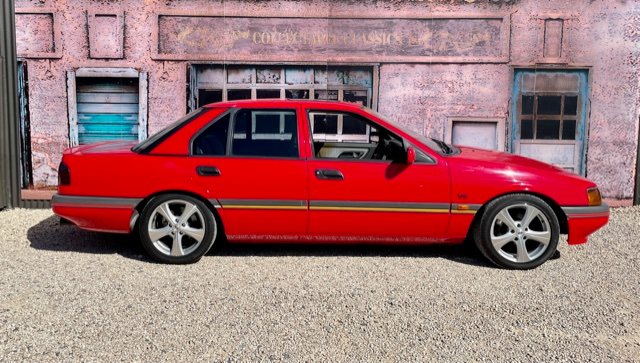
The early '90s saw fewer new car sales from local manufacturers, including Ford's EB Falcon which reintroduced a V8 to the Blue Oval - Image Collectable Classics
Globally, investment in new designs was reined in as manufacturers sought to save money by extending the lifespan of existing models.
Low-volume enterprises were the ones most likely to enliven the decade with innovative and interesting cars, hence the inclusion of three low-volume products in our list of 10 pivotal designs.
Amongst the others, five are performance cars from larger concerns, while the lone US representative earned its spot based on cultural significance, rather than advanced engineering.
Why not join the debate on our Retro Rides social channels. Let us know if we got it wrong or right, and if there are other cars form the ‘90s you believe more worthy of inclusion.
10. LOTUS ELISE (1996)
Lotus had since 1966 been building road cars with engines behind the driver, so it came as no real surprise when the company’s breakthrough 1990s sports car came with its motor in the middle.
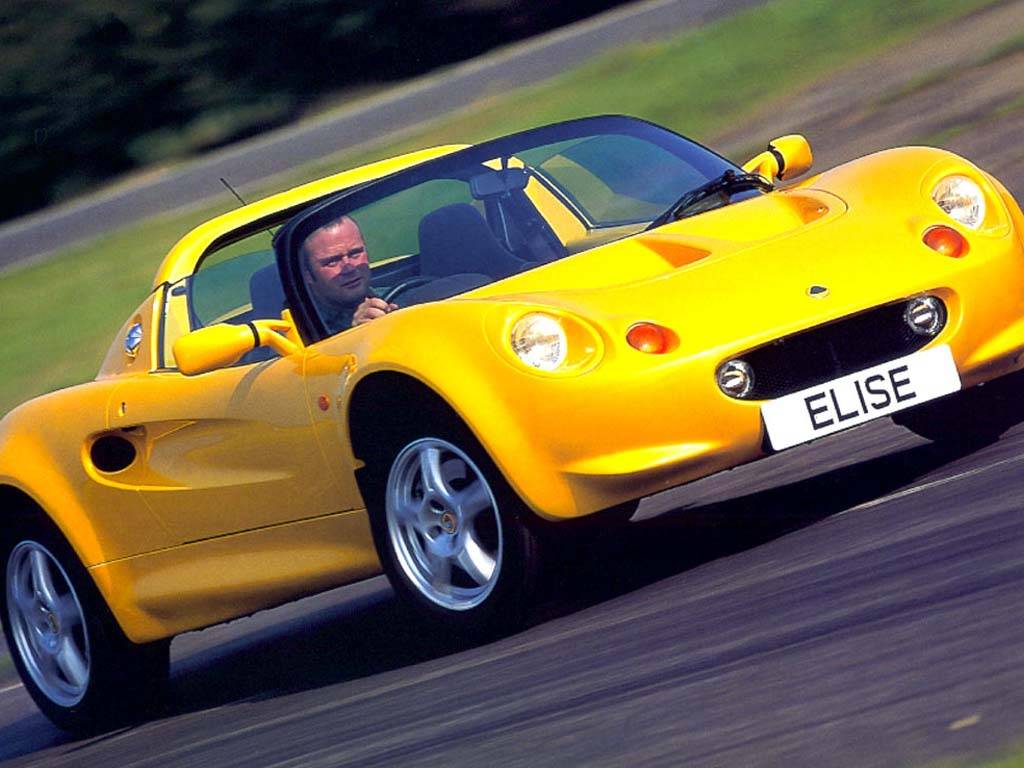
Weight saving was critical to the Lotus Elise formula, endowing the 675kg roadster with sparkling performance and dynamics - Image Lotus
The lightweight Elise was displayed at the 1995 Frankfurt Motor Show in what most assumed was prototype form, without such features as power windows, power steering or even air-conditioning. Observers expected at least some of these to be included on the pricey production version, but they were wrong and the Elise remained true to its minimalist concept.
Mechanically, there was nothing exotic about the Elise either. Its 88kW engine was the same 1.8-litre K series unit used by the MG F roadster, which is also where its five-speed transmission was sourced from.
Ensuring this underpowered engine could deliver the excitement expected of a Lotus meant weight saving was critical, hence the lack of features that contributed to the Elise’s svelte 675kg kerb weight.
Just 68kg of that weight was allocated to the alloy space frame, to which was added a roll bar before the frame was bonded to a body made from reinforced fibreglass. A carbon-reinforced chassis, lightweight steel subframes and simple but effective suspension completed the structure.
At just 3.82 metres in length the Elise made its Europa predecessor look positively enormous but cabin space, accessibility and the driving position were all significantly improved.
Despite being geared for a top speed of 200km/h, Elise standing start acceleration was still impressive, with the 0-100km/h dash covered in 7.2 seconds on the way to 15.2 seconds for the standing 400 metres.
Australia’s first versions came at a base price of $74,995, declining to $65,000 immediately prior to the onset of GST in July 2000. Elise production was scheduled at a modest 700 units per year but response from the international market sent Lotus into meltdown. By late 1999 more than 6,000 cars had been delivered, with 162 of these to lucky Australian owners.
Relatively expensive when new, the Elise after 25 years has retained a greater proportion of its value than many other more exotic sports models. Simplicity is crucial to its ongoing appeal and, supported by ongoing availability of its proprietary mechanical components, it’s a collectable car that has every chance of surviving well into the second half of this Century and beyond.
9. MITSUBISHI LANCER EVOLUTION (1992)
The 1990s saw Japan’s major car makers locked in a furious battle for the prestige of winning a World Rally Championship, with Mitsubishi ultimately faring better than its rivals.
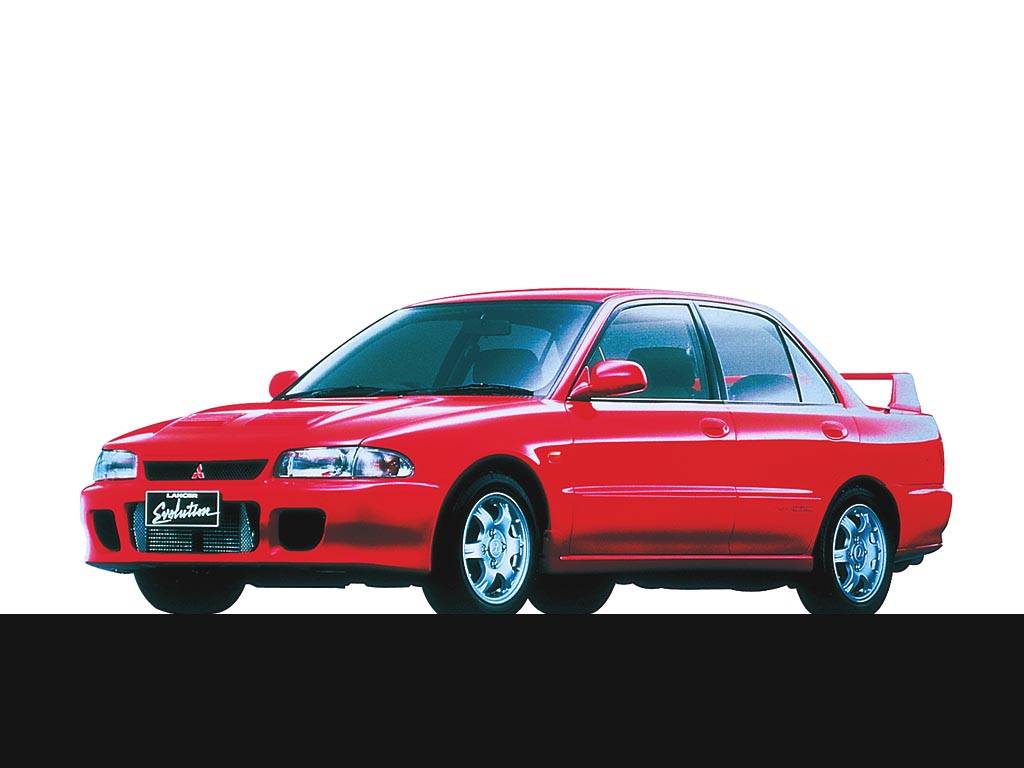
Designed as a WRC homologation rally special, Mitsubishi’s Lancer Evolution I launched in Japan in October 1992, with just 13 examples finding their way to Australia - Image Mitsubishi
By 1992 the three-diamonds brand had released its all-wheel drive Lancer GSR Turbo, a friendly little four-door with a punchy-enough 141kW that was never going to be enough against Toyota’s proven Celica GT-Four or Subaru’s Legacy.
WRC eligibility in those days obliged competing brands to build and sell at least 2500 of the cars they intended to run. Hence, Mitsubishi’s Lancer Evolution I appeared in October 1992 with initial demand from Japanese buyers saw the first batch of 2500 cars sold within days. A further 2500 were scheduled to meet demand, with a mere 13 examples finding their way to Australian shores as official MMAL imports.
Most were made in road spec, with equipment that would be deleted from competition-spec RS versions. These came with a higher output 206kW turbocharged and intercooled engine, but no electric windows, Recaro seats, six-speaker music system or air-conditioning.
The EVO made its WRC debut at Monte Carlo in 1993, coming away with fourth place and showing enough potential to cause some sleepless nights amongst the engineering staff of its key rivals.
That concern was well founded, with Mitsubishi’s rock-spitting weapon methodically refined and improved until able to claim, in 1996, the first of what became four consecutive Manufacturers’ and Drivers’ Championships.
Even more remarkable was that the winning driver on each of those occasions was Finnish-born Tommi Makinen, whose feats were commemorated via a special version of the EVO VI named in his honour.
EVO versions of the Mitsubishi Lancer are not rare cars, yet values since the Covid-19 Pandemic have increased out of all proportion with their scarcity. Anyone keen to own one of these compact rally rockets might consider parking their money somewhere accessible while waiting for demand to settle itself into a lower orbit.
8. FORD F-SERIES GENERATION 10 (1997)
For a nation that once had populated its streets with 429 cubic-inch (7.0-litre) Mustangs and 385bhp (286kW) Dodge Hemis, North America by the 1990s had good reason to mourn the loss of its muscle car heritage.
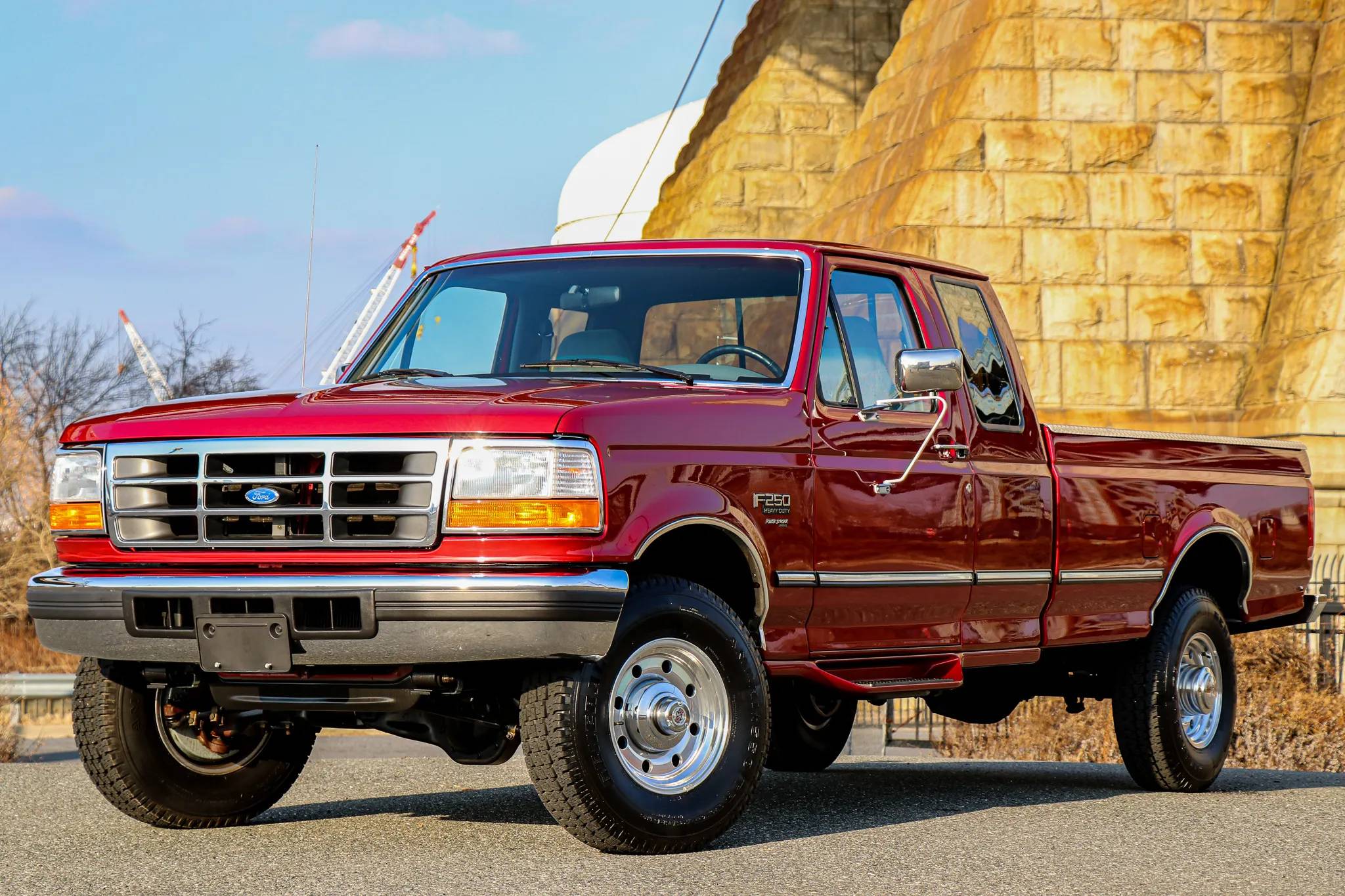
Ford's redesigned 10th-generation F-Series pickup satisfied a need among US buyers for a rumbling V8, in a roomy vehicle from a trusted brand - Image Ford
Brands that had been household names were fast disappearing and Cash for Clunkers programmes had swallowed – quite literally – some of the nation’s most evocative performance cars.
By intent perhaps, but more likely by pure chance, Ford found itself in the right place at the right time to satisfy a need amongst some Americans for the rumble of a big V8, in a roomy vehicle from a trusted, local brand.
That vehicle was the Blue Oval’s redesigned 10th-generation F-Series pickup, which shrewdly steered away from its purely commercial-vehicle roots to adopt more passenger car comfort and convenience features.
The 1997 F-Series went on to utterly dominate what was then the world’s most prolific vehicle market. With a more compliant chassis, smooth body lines and a big choice of powertrains, it offered a clear alternative to less versatile large passenger cars.
It sold as an F150 in four body styles with V6 or V8 petrol engines, including a 5.4-litre supercharged V8 that brought serious performance to the traditional pickup.
Above these sat the even larger F-250 which could be had with V8 or V10 petrol engines plus the popular 7.3-litre Power Stroke turbodiesel.
Sales for 1998 hit 836,000 and kept climbing. By 2004, F-Series sales had soared to a remarkable 939,000 units making the Ford pickup the USA’s most popular model, with a comfortable 260,000 vehicle buffer over key rival the Chevy Silverado.
Most desirable of the tenth-generation trucks are those versions running the supercharged 5.4-litre, single overhead cam Lightning engine. These in stock form make 360bhp (267kW) with maximum torque 440ft/lb or 594Nm (1999 version). More than 28,000 examples of the Lightning were produced between 1999 and 2002 yet demand in the North American and other markets remains strong, with prices averaging US$34,000 and peaking at over US$70,000.
7. SUBARU IMPREZA WRX (1992)
It might seem odd today, given the hero status afforded the Subaru brand by its break-out Impreza WRX, but in the years before 1994 owning a Subaru was in no way, shape or form considered ‘cool’.
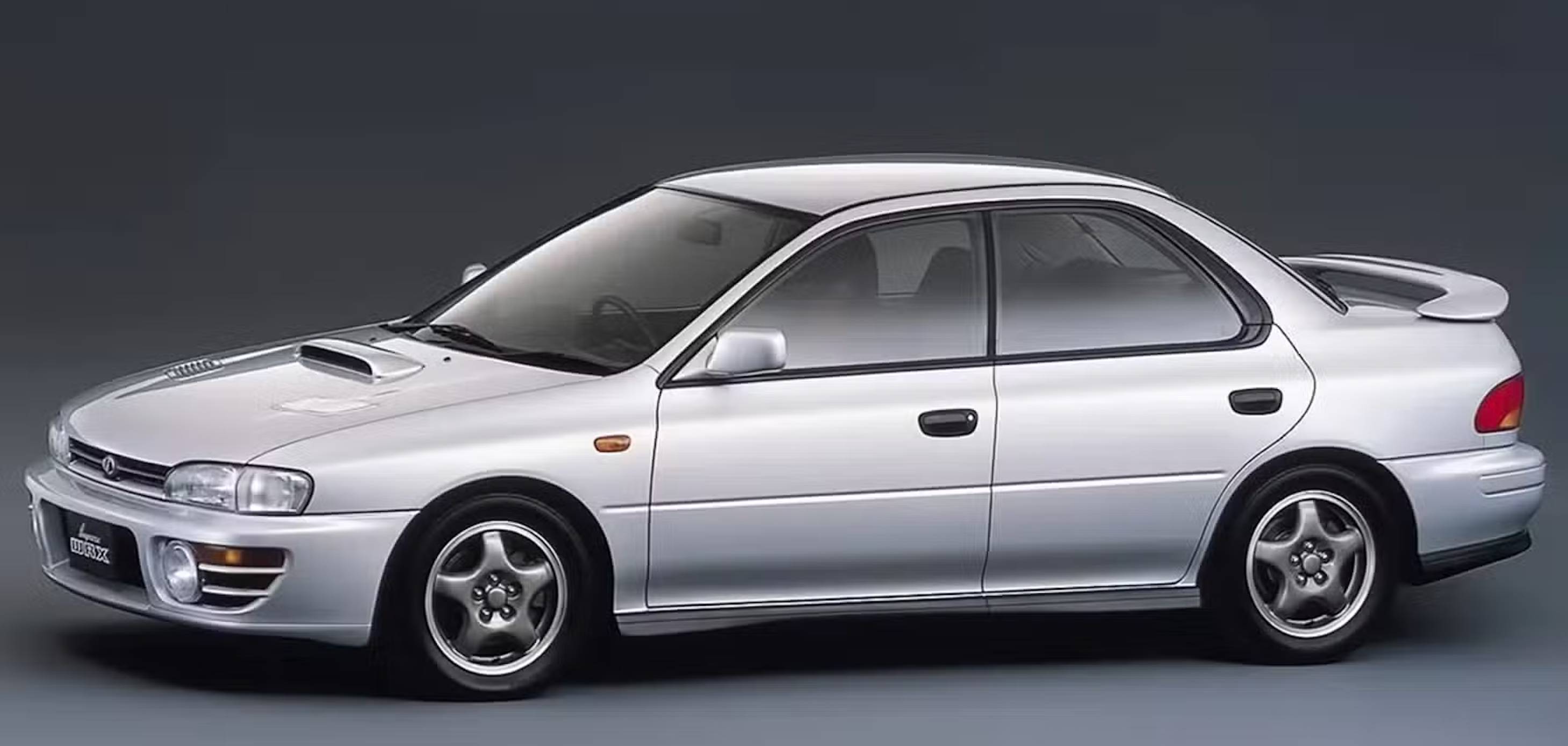
Subaru's extraordinary Impreza WRX (World Rally eXperimental) was a bargain-priced turbocharged four-cylinder all-wheel V8 killer - Image Subaru
Older Subaru enthusiasts wanting something a little spicier could make do with a Liberty Turbo, but nothing supercharged the brand’s performance appeal like the extraordinary Impreza WRX, a bargain-priced turbocharged four-cylinder all-wheel V8 killer, sold here as both a four-door sedan and versatile hatchback.
That first WRX would go on to become arguably the most impudent and anti-social Subaru of all time, thanks in no small part to the efforts of aftermarket exhaust specialists who amplified the distinctive flat-four exhaust note to new heights.
The letters ‘W-R-X’ stood for World Rally eXperimental and at the heart of this freshly-minted pocket rocket was the same turbocharged 2.0-litre flat-four that had powered the bigger and heavier Liberty/Legacy RS Turbos in Championship events.
The WRX also used the same all-wheel drive system as these models, operated constantly via a centre differential that sent torque in equal proportion (50:50) to the front and rear wheels. A five-speed manual transmission was standard initially, with the less-desirable four-speed automatic arriving in 1998.
Because winning rallies was the WRX’s intended purpose, Subaru spent the bulk of its limited development budget on the engine, drivetrain and chassis, while areas such as interior trims and plastics were notably neglected. Quick they may, but there’s nothing premium or luxurious about early Rexes.
Success in local rallying took a while to arrive, but by 1996 with drivers including the late Peter ‘Possum’ Bourne and Cody Crocker at the wheel, the WRX began a decade of dominance of the Australian Rally Championship. Overseas crews during the same period also recorded three outright victories at Rally Australia, cementing the little Subie’s reputation as a formidable all-paw campaigner.
Early versions of the WRX have become scarce and while values during the past five years have climbed by more than 250 percent, even excellent cars are yet to exceed their original $39,990 retail price. STI (Subaru Technica International) versions imported in limited numbers during the late 1990s can, however, reach $100,000.
6. LEXUS LS400 (1989)
Japan by the late 1980s had seen success in most segments of the global automotive market but was yet to produce a luxury sedan to rival those of BMW, Mercedes-Benz, Jaguar or Cadillac.
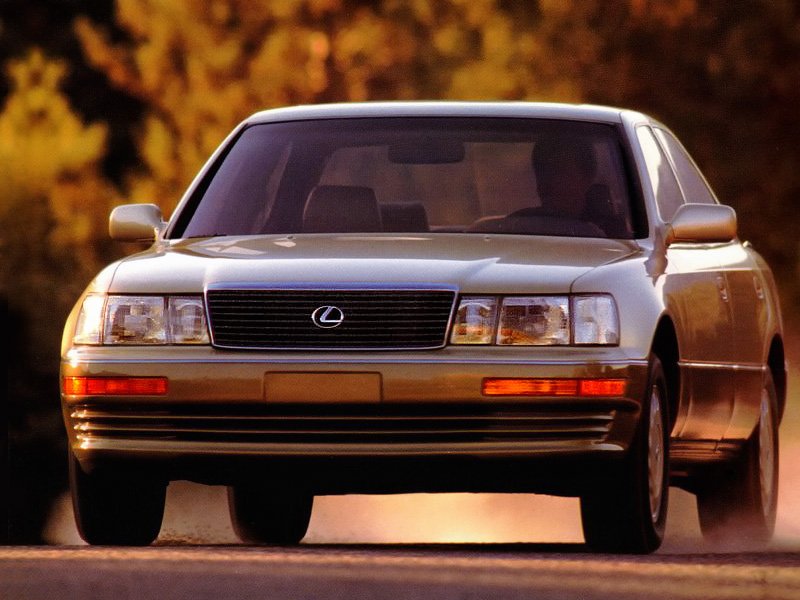
The Lexus brand name is an acronym for 'Luxury Export to the US' and the bland but technically impressive LS400 certainly delivered on that brief - Image Lexus
Then, in words still found on the Lexus website, a brand was created that would “reimagine luxury… and set new standards in an ambitious new vehicle that would outshine the world’s best.”
New standards? Ambitious? Anyone who viewed the LS400 at its Australian launch in 1990 would likely have regarded it as a competent and beautifully-crafted car, with a brilliant V8 engine and sumptuous ride, but little in the way of character or design flair.
Nevertheless, Wheels magazine awarded the LS400 its coveted Car of the Year award that year, with judges describing the big saloon as a huge wake-up call and a legitimate challenger to the German luxury car establishment, lauding it for setting new benchmarks for build quality, refinement and value.
Arguably where the Lexus 400’s greatest significance lay was in the pride generated for its nation of origin in creating a car able to compete against the world’s best luxury saloons, and of course the potential for the new brand to broaden Toyota’s global influence. More than three decades later, Lexus has grown into a formidable global brand with highly-competitive offerings in most luxury car categories.
As conservatively styled as the LS400 undeniably was, between its slabby front mudguards sat an engine that would eventually prove its worth as one of the most adaptable and enduring V8s of all time.
Initially, the 1UZ engine displaced 3968cc, with all-alloy construction, twin overhead camshafts and four valves per cylinder. Output with Variable Valve Timing and 10.5:1 compression reached 224kW. Later derivatives would power a variety of models including Toyota’s Soarer SC400, the Lexus SC430 convertible and the Toyota Tundra pickup.
It would also be adapted during the 1990s by specialist sports car makers including the Gold Coast-based (and now defunct) Bullet Cars which fitted the engines into Mazda MX-5 bodies.
LS400s over their lifetimes have suffered seriously from depreciation and viable cars are more valuable as a source of mechanical parts. Scarcity has resulted, and with demand now beginning to re-emerge, values are slowly recovering.
The Lexus LS400 was a car so significant to its fledgling brand that every major automotive museum should have one on show. The fact that they don’t and that a well preserved SX Corolla of similar age is worth more than an excellent Lexus only serves to emphasise the illogical nature of the classic vehicle market.
5. PORSCHE BOXSTER (1996)
Decision makers within Porsche AG had for decades been predicting the demise of their rear-engine 911, but neither the 944, 928 or 968 came close to unseating the company’s best-selling design.
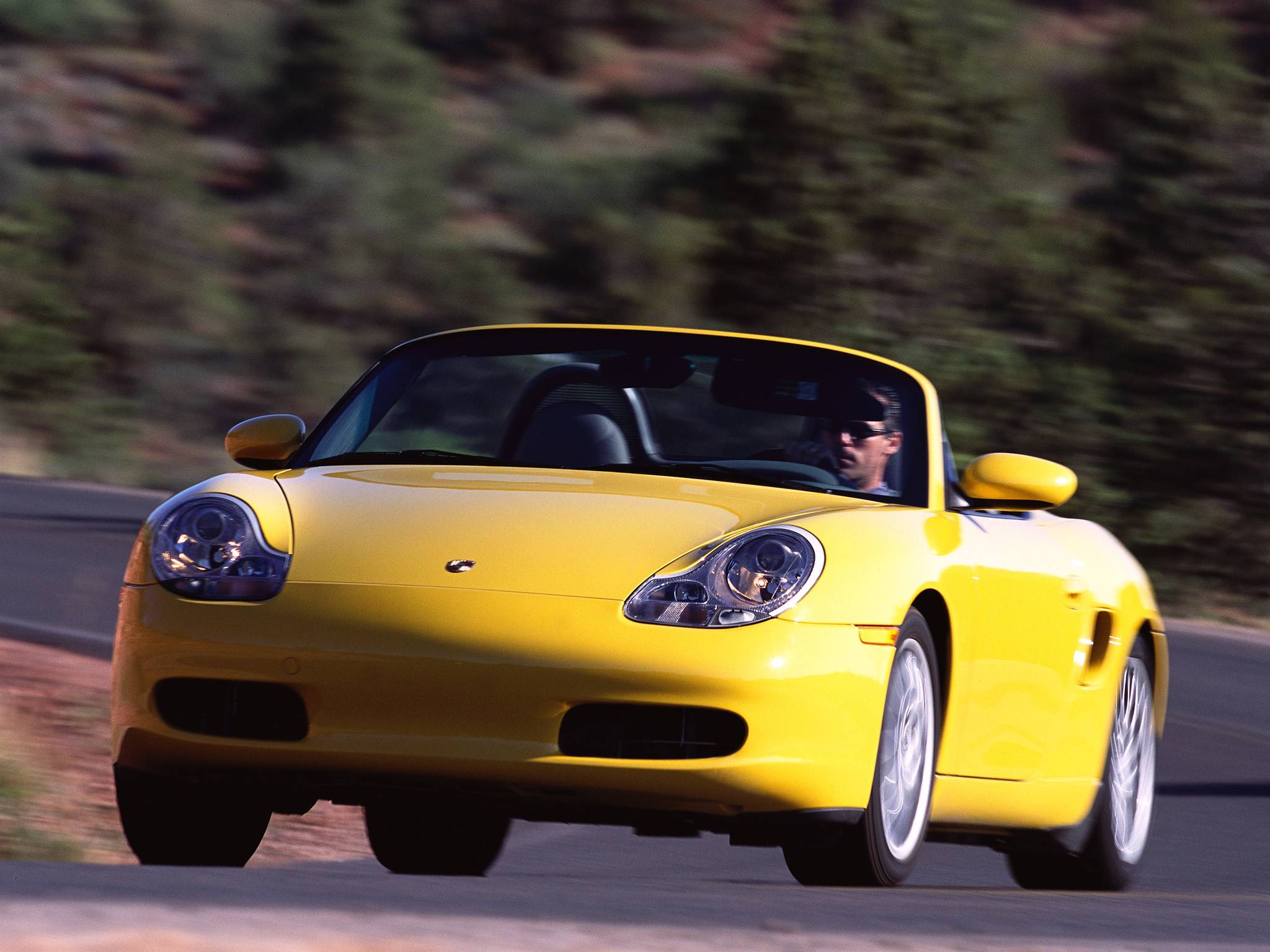
The 986 Series Porsche Boxster was the brilliant result of Porsche's search for a more affordable model to complement its iconic 911 - Image Porsche
By the mid-1990s, all of Porsche’s front-engine alternatives had run their races and the hunt was on for a model that could complement, rather than replace the effervescent 911.
The result of that search was the 986 Series Porsche Boxster; a design so effective that anything better is unlikely to ever emerge in a world fast moving away from automotive frivolity.
Yes, the design team could probably have made the roadster prettier, and undoubtedly faster, but there wasn’t much else to complain about when the chassis design offered near-perfect 48/52 weight distribution and came in a package offering precise steering and unerring cornering balance.
Despite being understandably outgunned by its 911 counterpart, the original 2.5-litre water-cooled flat-six-cylinder engine was potent for its size, producing 150kW without a turbocharger. The rear wheels were fed via a five-speed manual gearbox or five-speed Tiptronic and ABS was standard.
Crucial to the Boxster’s performance was weight control, which saw the 2.5 tip in at a svelte 1250kg, with the optional hardtop adding just 25kg.
Unlike Lotus, which saved weight by ditching all but the absolute essentials, the Boxster offered lots of useful features including air-conditioning, power steering, electric windows and mirrors and 17-inch alloy wheels.
By 1999 Porsche had expanded the engine capacity to 2.7-litres bringing a modest but appreciable extra 12kW. In addition to the original cars’ driver and passenger airbags, the update added side-front bags but left the Boxster’s list price unchanged.
The distain that accompanies some non-911 Porsches can be extreme and inexplicable. Early front-engined cars had their flaws, it’s true, but the 944/968 series and more recently the 986 Boxster all offer entertaining performance accompanied by exemplary chassis designs.
That said, Boxsters have spent 15 years in a pit of declining prices with little likelihood of escape, so excellent opportunities exist for buyers who plan now for long-term ownership.
4. HONDA NSX (1990)
The last thing automotive pundits would have predicted at the start of the 1990s would be that the pragmatic and volume-focused Japanese car industry would deliver a thrilling and utterly contemporary take on the Italian supercar.

Honda's NSX, for New Sports Experience, was a thrilling and utterly contemporary Japanese-take on the Italian supercar - Image Richmonds
For Honda, which had never been shy about building cars with peripheral market appeal, its New Sports Xperience coupe was much more than a supercar remapped for efficiency.
The concept had been created years earlier in cooperation with Italy’s famed Pininfarina styling house. The HP-X show car that emerged from this collaboration in 1984 had a 2.0-litre engine that was nothing to get excited about, but beneath the skin was a structure that drew on Honda’s vast Formula One experience.
The car would be refined prior to production by F1 World Champion, Ayrton Senna, who would go on to personally own three NSXs – perhaps the ultimate endorsement of its excellence.
Production versions of the NSX appeared during 1990, the design bristling with advancements including the first all-aluminium body and frame to be used on a production car, advanced four-channel ABS and electric power steering.
Less enchanting, especially in markets where supercars came with no less than eight and preferably 12-cylinders, the NSX featured a modest-looking V6 of 3.0-litre capacity.
The engine lacked any form of forced induction but benefitted from dual overhead cams and Honda’s clever VTEC variable valve timing technology, allowing it to deliver a punchy 200kW at a heady 7300rpm, with 284Nm of torque available from 5400rpm.
Driving through a five-speed manual transmission and with its lightweight body aided by advanced aerodynamic design, the NSX was good for an autobahn strafing top speed of 270km/h.
Australia saw its first NSX shipment in 1991, with the earliest cars listed at an astonishing $161,900. That undercut every other exotic in our market including the least expensive Porsche 911 derivative and should have seen Honda blitz the sales charts. But Australian sales during the NSX’s first year totalled a miserly 44 vehicles and tapered off every year after that.
Thanks to new import regulations which favour enthusiast models built 30 or more years ago, far more NSXs are now available on the local market now than in the past. Virtually all come directly from Japanese auctions, with differences in quality and kilometres travelled accounting for significant variations in retail pricing.
3. MCLAREN F1 (1992)
Sports cars in the 1990s didn’t come any more exotic than the McLaren F1, a technological tour de force that rewrote the supercar rule book and set benchmarks that remained in place for decades after its demise.
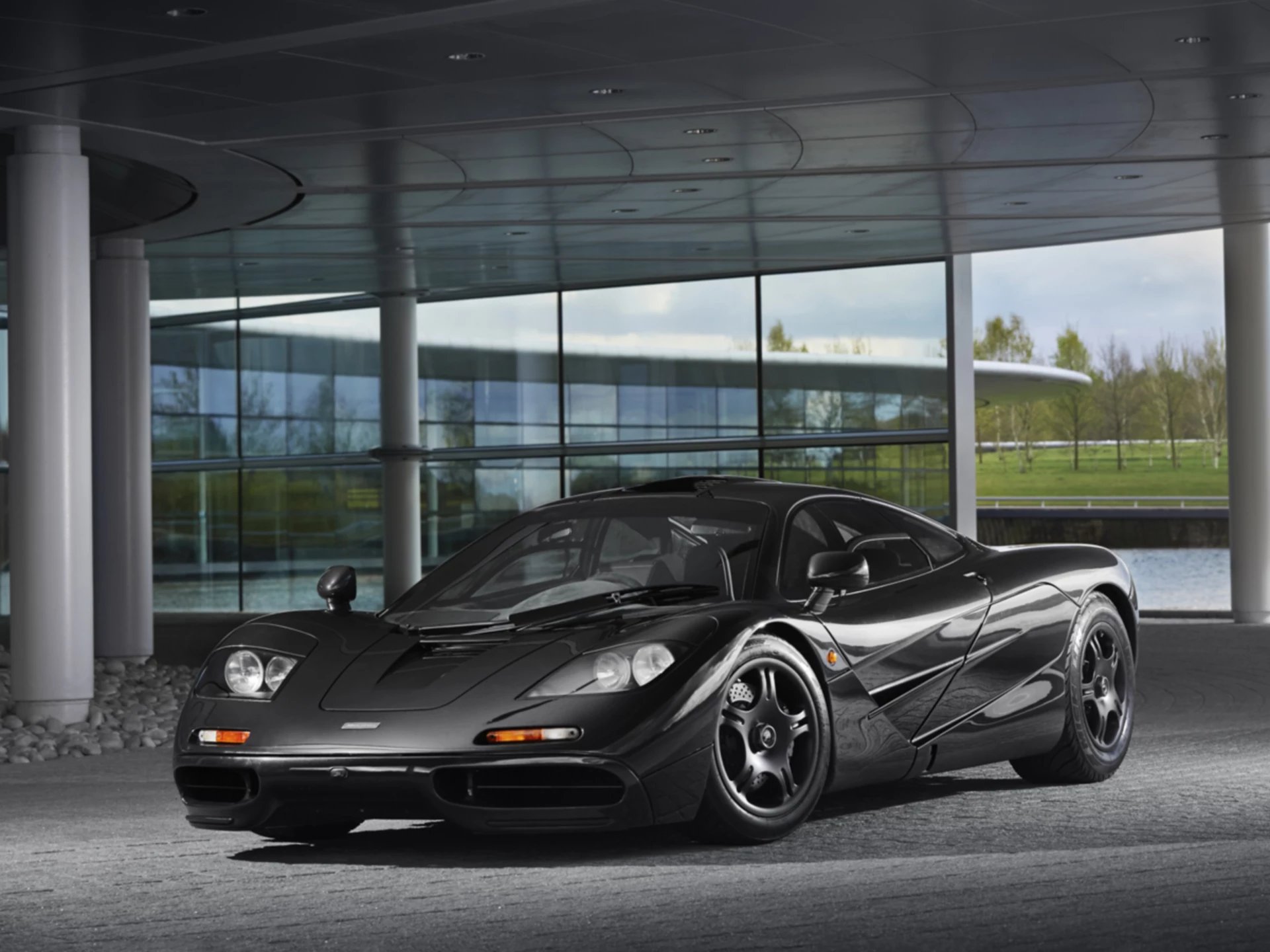
McLaren's seminal 1991 F1 was the result of a succeed-at-any-cost approach that combined a carbon-fibre reinforced chassis and 461kW BMW V12 with a host of F1-inspired tech - Image Mclaren
Emerging like a butterfly from its chrysalis in 1991, with an engine note seemingly inspired by Ayrton Senna screaming out of the Monaco tunnel at full noise, the McLaren was a succeed-at-any-cost project that combined a carbon-fibre reinforced chassis and 461kW BMW V12 with a host of F1-inspired tech and insights.
The unmistakeable shape with its unusual three-seat cockpit design was the work of gifted British stylist Peter Stevens, whose previous works included the Jaguar XJR-15 and Lotus Esprit Turbo restyle. The technical concept, meanwhile, was the work of McLaren’s Formula One design consultant Gordon Murray, with backing from McLaren CEO Ron Dennis.
Development costs were reflected in the prices being quoted to Australian journalists by McLaren in 1992; a precise ex-factory cost of A$1,256,100. That at the time was the price of five Ferrari 348s, but if you were an oil magnate, pop music superstar or some other well-heeled individual, it was a price worth paying to have the ‘it’ car of 1991, not to mention a certified piece of automotive history.
While visceral acceleration was naturally a key design requisite, top speed was arguably a more important metric for the oil sheiks who could afford this thing, and here McLaren had the Bugatti EB110 GT’s 351km/h in its sights.
Without the aid of turbocharging, the XP5 McLaren prototype driven by Le Mans winner Andy Wallace in 1998 recorded a top speed of 391km/h, with a two-way average of 386.4km/h. It remains today the highest speed achieved by a normally aspirated production car.
Even faster was the competition version, with McLaren demonstrating the F1’s viability as a race car when several examples of the lightweight GTR entered the prestigious Le Mans 24 Hour race and came away with outright victories in 1995 and 1996.
Acquiring an F1 McLaren demands deep pockets and patience. During the past 30 or so years, that initial $1.2 million price-tag has soared to the point where the last documented sale, by Gooding & Company in the USA in 2021, generated more than US$20 million. Other works of art, collector gems and real estate might match the F1’s pace of appreciation, but none will deliver anywhere near its level of exhilaration.
2. TOYOTA SUPRA TWIN TURBO MARK IV (1993)
Nissan may have already been stalking the streets of Japan’s biggest cities with its twin-turbo Skyline GT-R nicknamed ‘Godzilla’, but in the tunnels of Tokyo where roulettezoku street racers ruled, Toyota’s Supra commanded every bit as much respect and street cred as the GT-R.
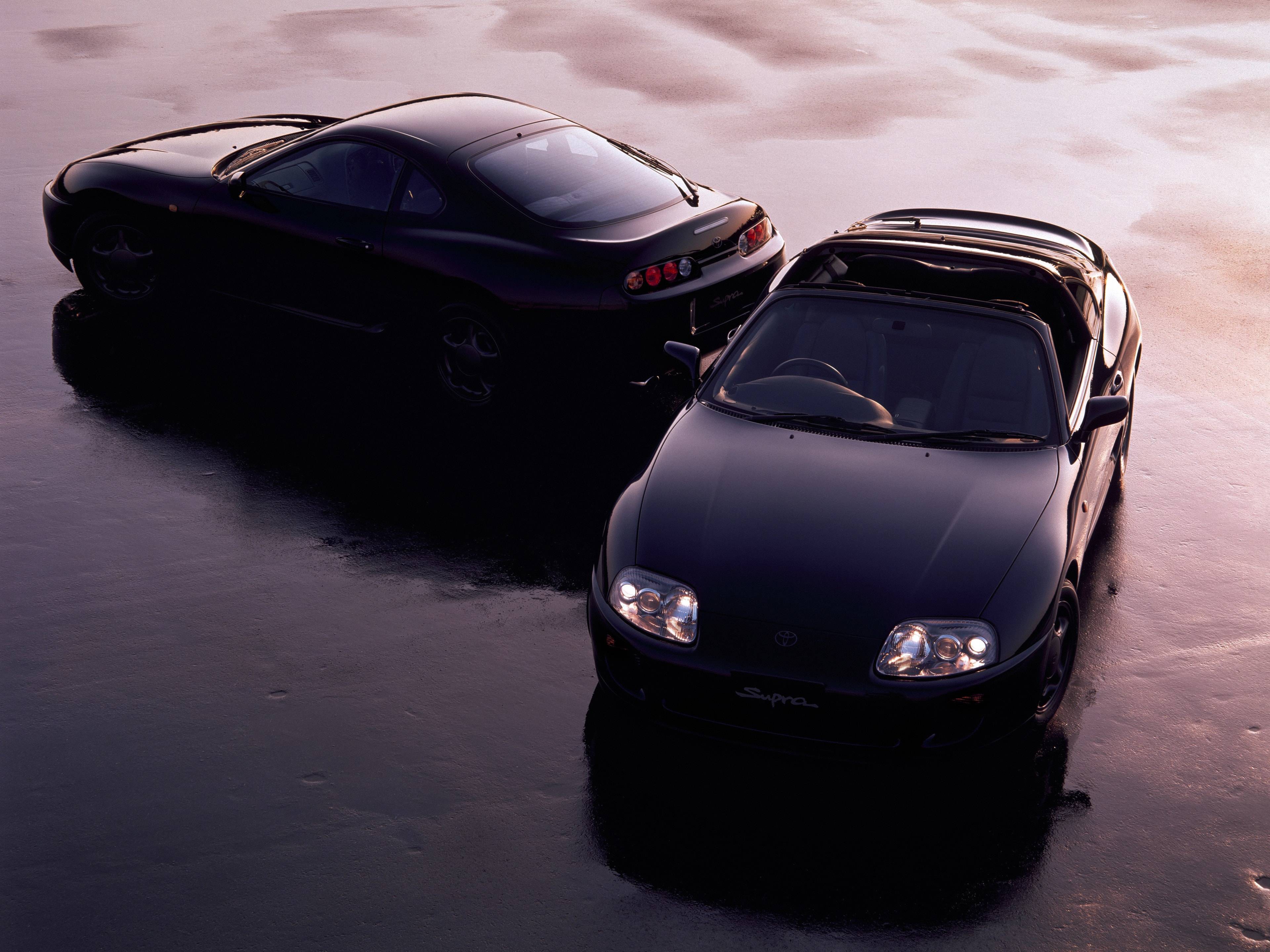
The all-new A80 Series Supra arrived in 1993 boasting a short-wheelbase platform and a riotous twin-turbo derivative of Toyota's 3.0-litre 2JZ OHC engine- Image Toyota
The Supra started life during the 1970s as a Celica on steroids before evolving into a sleek two-door Cressida derivative. Seven years later in 1993, the all-new A80 Series Supra returned to its short-wheelbase roots, with a riotous twin-turbo derivative of Toyota’s new 3.0-litre 2JZ overhead camshaft engine.
The Supra RZ Twin Turbo weighed 1490kg and, in Japanese specification, was said to produce 206kW. This was, however, an arbitrary maximum agreed to by all Japanese manufacturers and the RZ’s more realistic 243kW would be revealed when the car was sold in markets outside Japan.
Those markets didn’t include Australia, although a few ‘evaluation’ cars did trickle in. Local tests of the Supra confirmed that Toyota’s claimed 5.1-second 0-100km/h and 13.3-second 0-400m times (Wheels magazine, March 1995) were not hyperbole.
Possibly spooked by Nissan’s inability to quickly clear local versions of its R32 GT-R, Toyota Australia quashed the idea of local Supra sales, with or without turbochargers. Aussie buyers then had to wait until sufficient cars filtered through the used market in Japan to supply other countries with Low Volume Imports.
Despite being at least 25 years of age, plenty of those early-entry Supra RZs survive, as do more recent arrivals, and their values continue to climb. While Japan seems to possess an unending supply of RZ Supra, classic car lovers around the world seem to have an equally insatiable appetite for the cult classic.
More than 45,000 Mark IV cars of all kinds were produced, with 6900 of the RZ Twin Turbo sold new into the USA and around 11,000 supplied to Japanese owners. Being right-hand drive, these latter cars continue to satisfy used-car market demand in Britain, South Africa and Australia, where prices remaining high as buyers compete at Japanese auctions for the remaining quality stock.
1. BUGATTI EB110 (1991)
Every decade should produce at least one emblematic supercar and the 1990s can boast two – the McLaren F1 and Bugatti’s EB110.
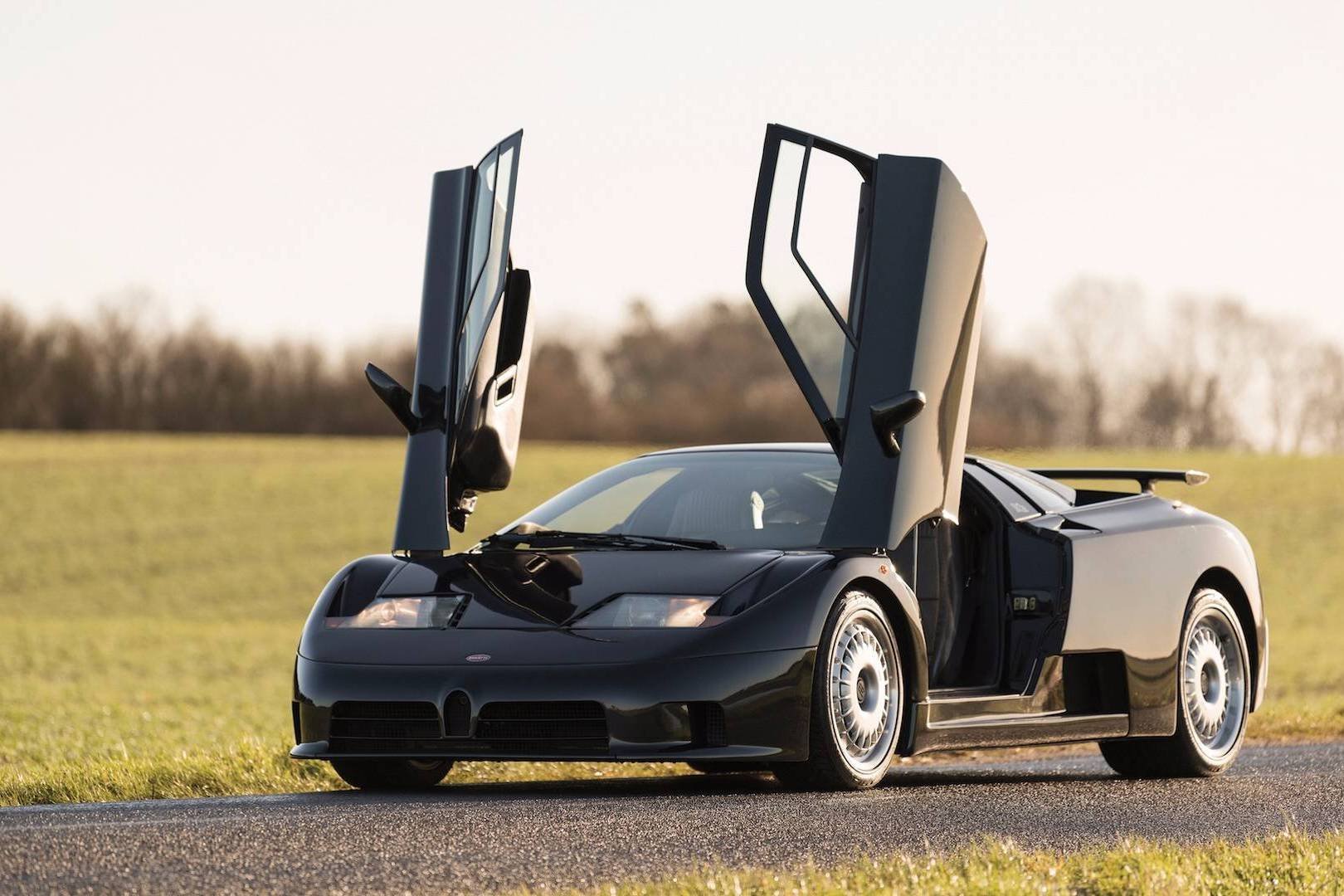
Bugatti's ambitious and extraordinary EB110 featured a bespoke 3.5-litre V12 fed by quad-turbochargers that helped deliver outputs of 417kW/611Nm - Image Sotheby's
True to company founder Ettore Bugatti’s Italian heritage and the revived brand’s Italian ownership, engineering for the ambitious EB110 was overseen by former Lamborghini designer Paolo Stanzani, while styling genius Marcello Gandini shaped the body.
The target from the outset was to have a car ready for display on the date of Ettore Bugatti’s 110th birthday; a task completed with mere days to spare. Hence, on 15 September 1991, at prominent locations in Paris and Versailles and exactly 110 years after Bugatti’s birth, the extraordinary Bugatti EB110 supercar was displayed.
As the fledgling manufacturer of a very complex car, Bugatti would be forgiven had it chosen an engine from a third-party supplier, such as BMW or Mercedes-Benz. Instead, the company created its own 3.5-litre V12 with quad-turbochargers helping deliver stunning initial output of 417kW/611Nm. This would reach 450kW/ 650Nm when fitted to the lighter and faster EB110 SS which emerged in 1993.
In EB110 guise, the Bugatti achieved a top speed of 342km/h. Once weight was trimmed from 1565kg to 1418kg for the SS, that figure reached 351km/h, with 0-97km/h occurring in a blistering 3.2 seconds. No production car was faster than the EB110 SS until McLaren released its seminal F1 in 1992.
Despite this, slow sales and immense costs saw Bugatti forced into bankruptcy during 1995, but not before 95 examples or the EB110 and a further 31 SS versions of this remarkable Nineties supercar had been completed.
The most extreme design among our list of 10 Cars That Changed the 1990s is, surprisingly, not the most expensive to buy. A 1993-build car displaying 7102km was sold in late 2023 for what seems a very reasonable 1.15 million Euros (AU$1.92M), while a factory demonstrator used for Motor Show display and which had travelled just 1095km was sold in 2022 for US$2.1 million (AU$3.2M). Given the extraordinary money being paid for cars such as the one-of-two 1955 Mercedes-Benz 300 SLR Uhlenhaut Coupé that went for $135M in 2022, along with the EB110’s scarcity and desirability, values are unlikely to stay at those levels for long.
Cliff Chambers

Get The Latest
Sign up for the latest in retro rides, from stories of restoration to community happenings.
